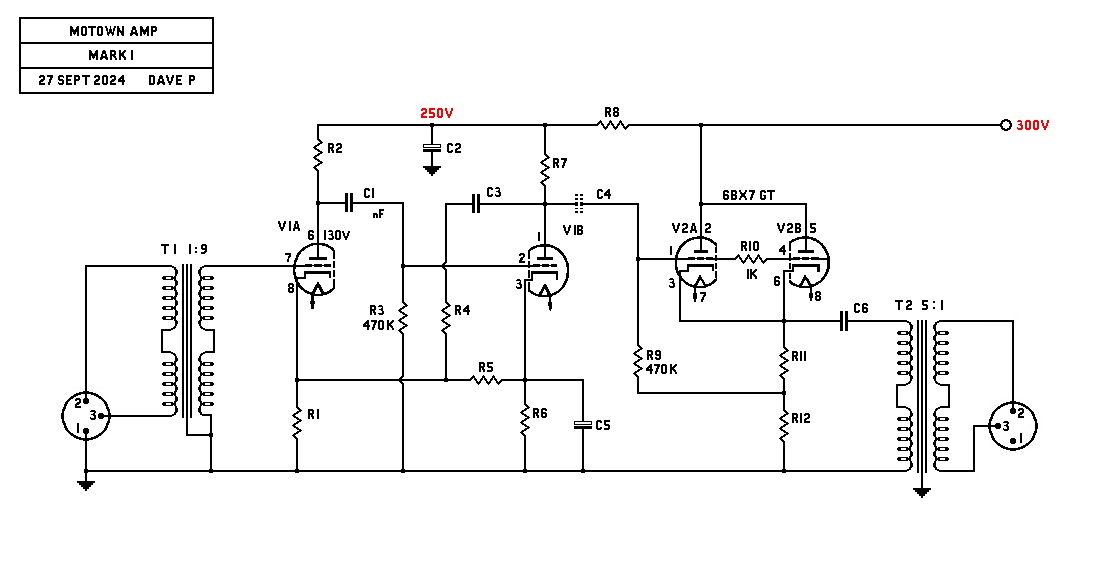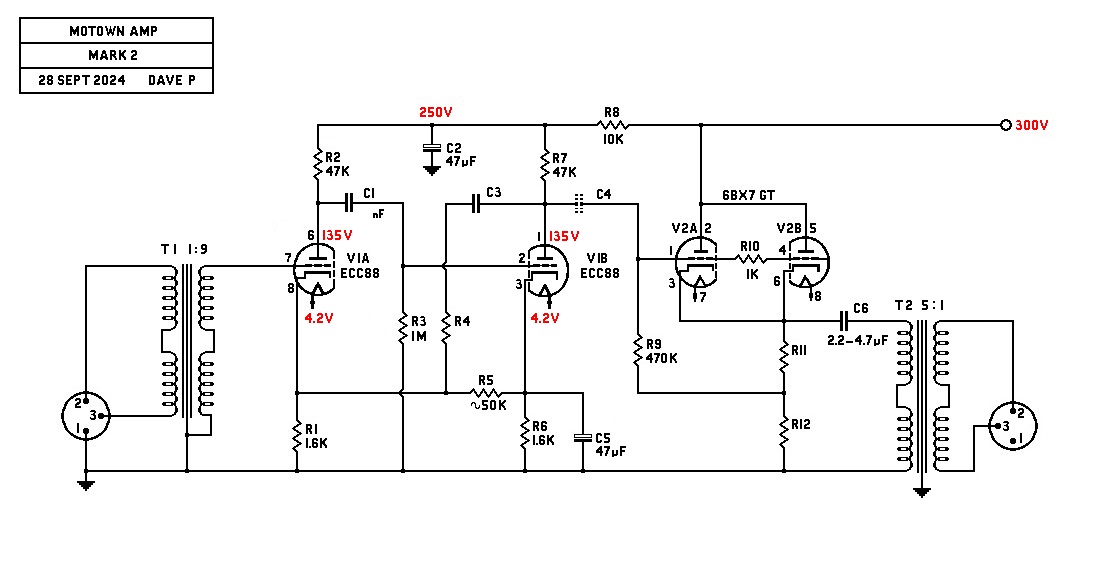CJ
Well-known member
Possibly a cathode follower driving the WCF?
here is the scratch pad with an LA2a type circuit on the top, looks like too much gain unless you knock it down with dividers and NFB,
the bottom drawing is a Marshall type cathode follower feeding the WCF, and some NFB. this would cut down on the gain as the second part of the follower has close to unity gain,
i have an RCA 6BX7 on the way from evilbay,
there is also that Jensen line driver with the 6AU6 driver which might be interesting
here is the scratch pad with an LA2a type circuit on the top, looks like too much gain unless you knock it down with dividers and NFB,
the bottom drawing is a Marshall type cathode follower feeding the WCF, and some NFB. this would cut down on the gain as the second part of the follower has close to unity gain,
i have an RCA 6BX7 on the way from evilbay,
there is also that Jensen line driver with the 6AU6 driver which might be interesting
Attachments
Last edited:













![Soldering Iron Kit, 120W LED Digital Advanced Solder Iron Soldering Gun kit, 110V Welding Tools, Smart Temperature Control [356℉-932℉], Extra 5pcs Tips, Auto Sleep, Temp Calibration, Orange](https://m.media-amazon.com/images/I/51sFKu9SdeL._SL500_.jpg)































